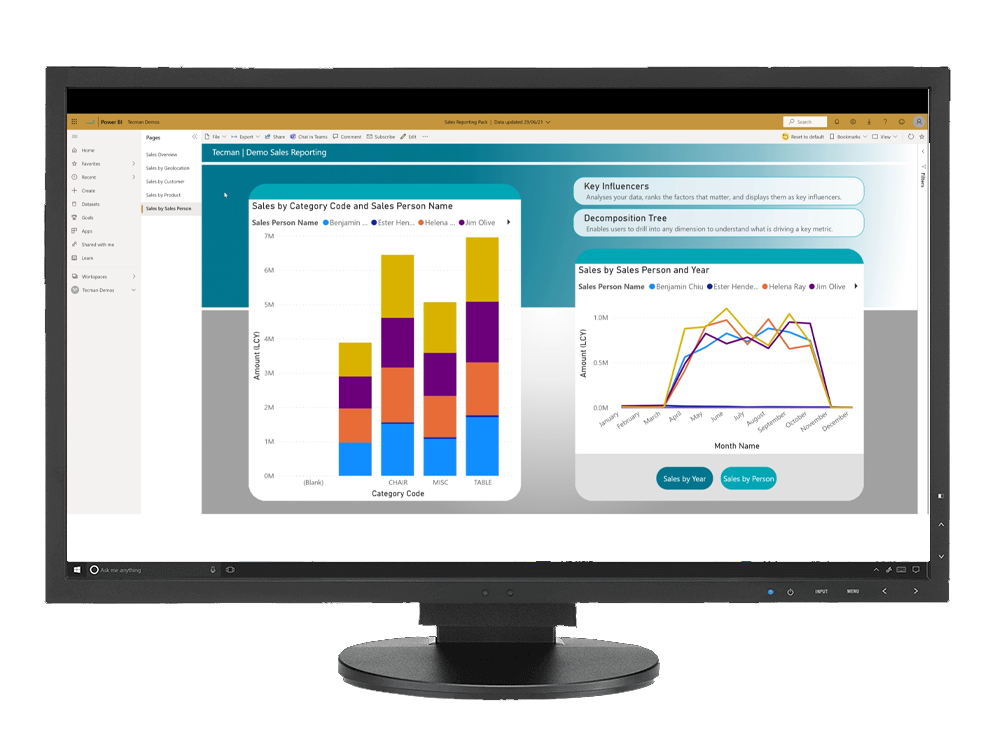When it comes down to comparing the products side by side, there are always going to be pros and cons to each, in the end, it all comes down to what your business wants to achieve as to which is best. Power BI comes first place for visualisation and easy-to-digest reporting, whereas Jet Reports is for quick and instant data that you can use in Excel, especially in finance and operational departments. Once the data is in Excel, users can slice, dice and filter the data however you want to – using pivot charts, tables, VLOOKUPS and more without losing the links back to Dynamics 365 Business Central.
Users can take advantage of the pre-built reports and dashboards within Jet Reports, and the automated data warehousing using Jet Analytics. Jet Analytics can also work with Power BI where Jet Analytic is the data warehouse and Power BI is the visualisation tool.
In terms of pricing, Jet Analytics can be more expensive than Microsoft Power BI, making Power BI the more cost-effective reporting solution to get you started. But again, it entirely depends on what your business wants to achieve as to which is best for you.










